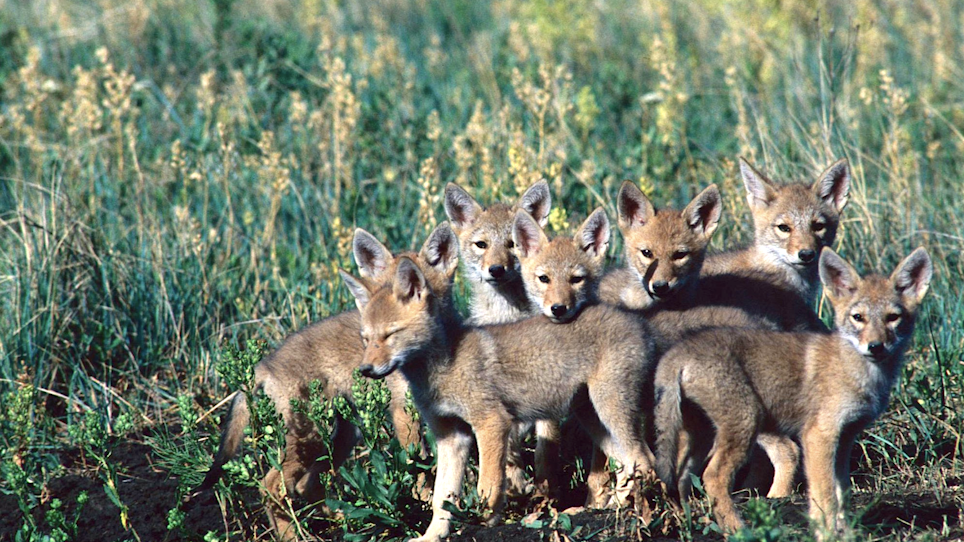
Young coyotes born in spring will need food in summer, which is when turkey poults and whitetail faws are targeted by coyotes. Hunters getting after songdogs before these wildlife species drop their young may help increase numbers. (Photo: Mark Kayser)
Coyote breeding season is nearly in the rearview mirror, save for a few coyotes who haven’t mastered the art of the hookup. If you own, lease or simply manage a wildlife property, now is the time to take out a handful of coyotes. Mating is almost complete, territories are set and dens being prepared. Remove a coyote now and it becomes logistically harder for more to move around due to their instinctive nature of becoming homebodies in preparation for raising pups.
The majority of coyote breeding takes place in February across the nation. Regional variations exist when pups hit the dirt, but the average coyote gestation is approximately 60 days. Do the math. Two months from Valentine’s Day and the daycare center opens up. By mid-April and into early May the majority of coyotes will be knee-deep in pup duties. Because the female will need to stay with the pups right after birth the male coyote helps feed her. Veteran coyote hunters and trappers also have noted that later in the life cycle it’s not uncommon to see other coyotes helping with babysitting chores. When eyes open on pups they venture further and soon require more food. The average litter size consists of six puppies, but coyotes adapt to positive environmental factors and if grocery shelves are stocked they may have as many as nine pups per litter.
This is all fine and dandy if your goal is to have more coyotes around and fewer other wildlife species, particularly fawns. Nearly every research study out there points to the fact that coyotes switch their diet almost entirely to fawns in June. It’s creating issues in some areas where coyotes were never historically present and in other areas it is impacting already affected species such as mule deer.
That’s why removing coyotes right before denning may have an impact on a specific region. Regardless if you utilize trapping or hunting, taking out a female before she gives birth has the power to remove six or more coyotes from the population instantly. Even removing a male right before denning could affect the survivability of pups as he supplies food during the first few weeks to an occupied mother coyote.
I recall one spring in Montana where a buddy and I shot a double on coyotes. One was a female that had not yet given birth. We showed the results to the rancher who split his time between sheep and cattle, and you would have thought we killed the grim reaper. His gratitude was unending.
Despite the satisfaction you might feel after removing a few coyotes from the face of the earth, don’t get too smug. Your efforts could save a few fawns for the year, plus some other game species you might cherish, but the void will be filled before too long. Coyote control on a property is a year-round task that best includes trapping and shooting. Even with that effort you’ll always see coyotes due to their resilient nature.





